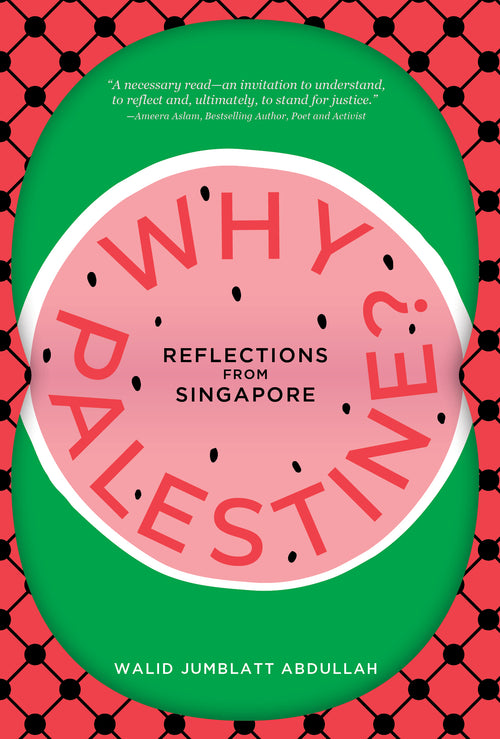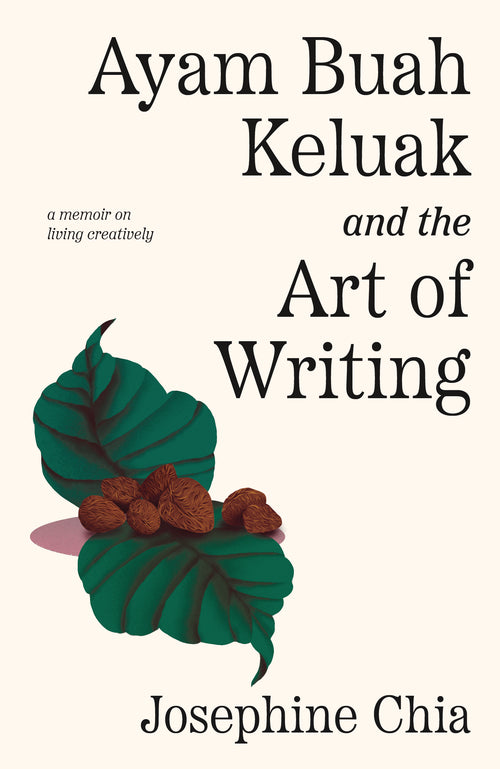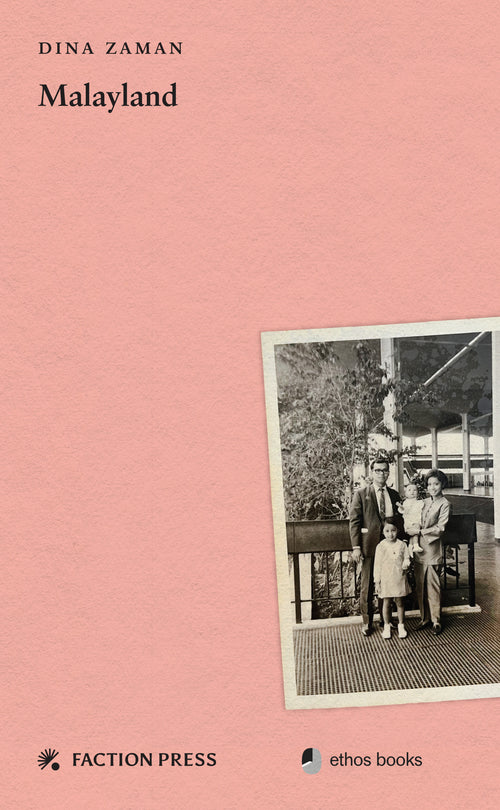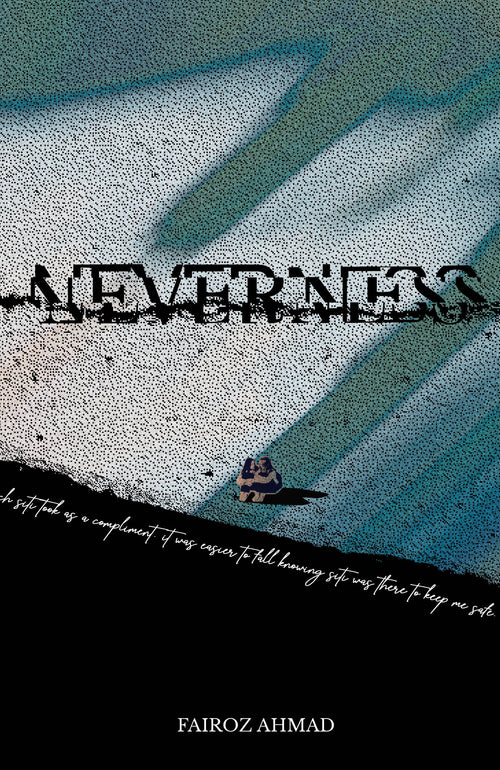Some Say, A Tapir
Featuring new work from Alfian Sa’at, Christine Chia and Yong Shu Hoong, Some Say, A Tapir recaptures the year 1299 of Singapore’s history. The collection delves into stories—both living and legend—of peoples, places and promises. Through the wisps, the myths and the unheard voices, these poems revisit the uncertain past, breathing life into an unsuspecting future.
Hard Truths To Keep Sang Nila Going by Alfian Sa'at
This poem cycle will examine the story of Sri Tri Buana as it is documented in the Sulalatus Salatin, the Genealogy of Kings, which has been often referred to in Orientalist scholarship as the ‘Malay Annals’. At its core will be an exploration of how the veracity of the Sulalatus Salatin has been doubted by many commentators who remark on its fantastical elements. For example, there is a tendency to cite from zoological data to throw a skeptical light on the Sulalatus Salatin’s account of Sang Nila sighting a lion: ‘there are no lions in this part of the world, so the account is false’. This is in spite of the fact that many scholars have stressed that the vision of a lion—an animal of similar divine provenance as the naga or garuda—was symbolic of the mandate of divine kingship. Working from this epistemic tension between empirical facticity and a metaphorical or allegorical mode of writing, the poem cycle will seek to interrogate various ‘truth claims’ in the manuscript and stage a generative conflict between literalism and mythmaking.
If you cannot marry for love, marry for silver by Christine Chia
These four poems will use the voices of two different characters of that period: Wan Sri Benian, or Queen Sakidar Shah, adoptive mother and mother-in-law to Sri Tri Buana, and a Chinese sailor abandoned in Borneo in 1292 when he fell sick—he eventually drifted to Singapore and settled there. These poems will show how people at all levels of society turn difficult and dangerous situations into blessings, as seen in how Wan Sri Benian contains the threat of a potential male usurper in Sri Tri Buana by converting him into a son-in-law, and how the Chinese sailor makes the best of being forsaken in a strange land by marrying a native woman and creating his own family.
Blunt Objects by Yong Shu Hoong
American author Ursula K. Le Guin, in ‘The Author of the Acacia Seeds and Other Extracts from the Journal of the Association of Therolinguistics’, contemplates if there will come a time, with advances in research and technology, when “the first geolinguist, who, ignoring the delicate, transient lyrics of the lichen, will read beneath it the still less communicative, still more passive, wholly atemporal, cold, volcanic poetry of the rocks: each one a word spoken, how long ago, by the earth itself, in the immense solitude, the immenser community, of space.” Extrapolating from such an idea, these poems imagine how relics from the past—whether man-made or forged by nature—could inform us of the truths behind historical events and long-held mysteries when their silence is unlocked. Blending historical enquiry and fantasy, the language of poetry is deployed in an attempt to convey the unspeakable words, sounds, music and emotions trapped within the inanimate. But when the hidden soundtrack and memories are excavated, can they be trusted to clarify what we want to find out about our past?
E-book
$0.00 SGD
Recommended Books
Poetry

Paperback
$16.00 SGD
E-book
$16.00 SGD
womb song
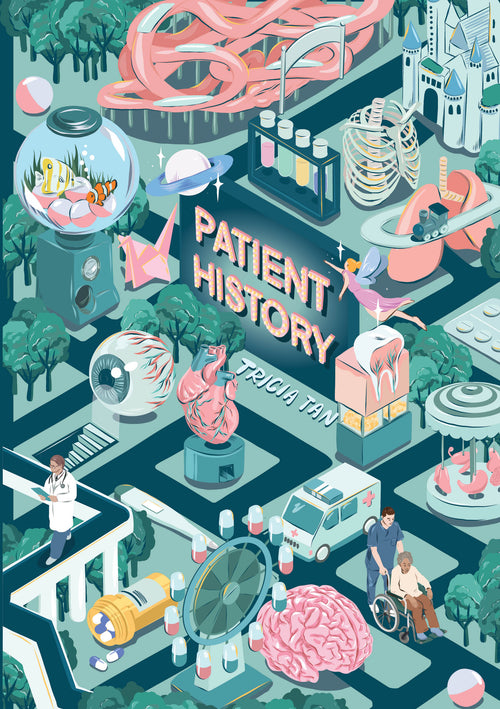
Paperback
$16.00 SGD
E-book
$16.00 SGD
Patient History
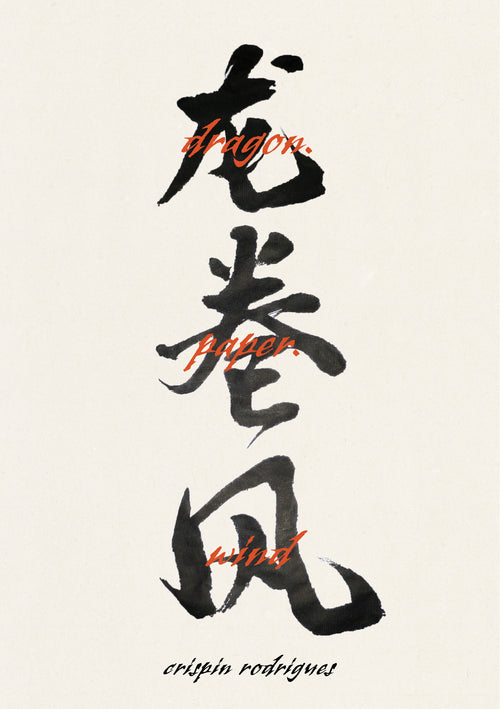
Paperback
$18.00 SGD
dragon.paper.wind. (龙卷风)
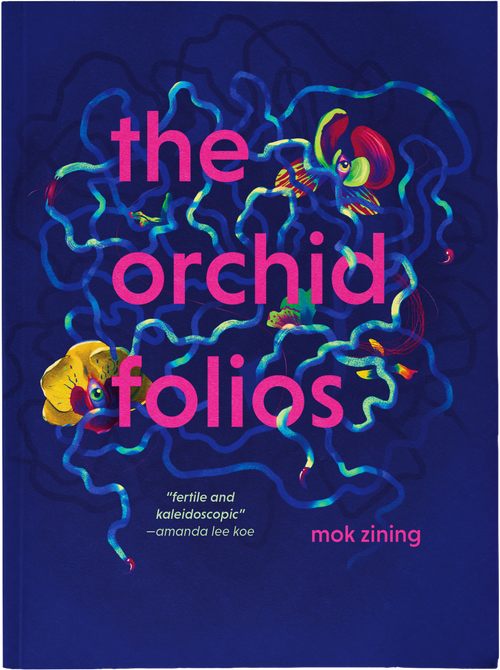
Paperback
$19.00 SGD
E-book
$19.00 SGD
The Orchid Folios
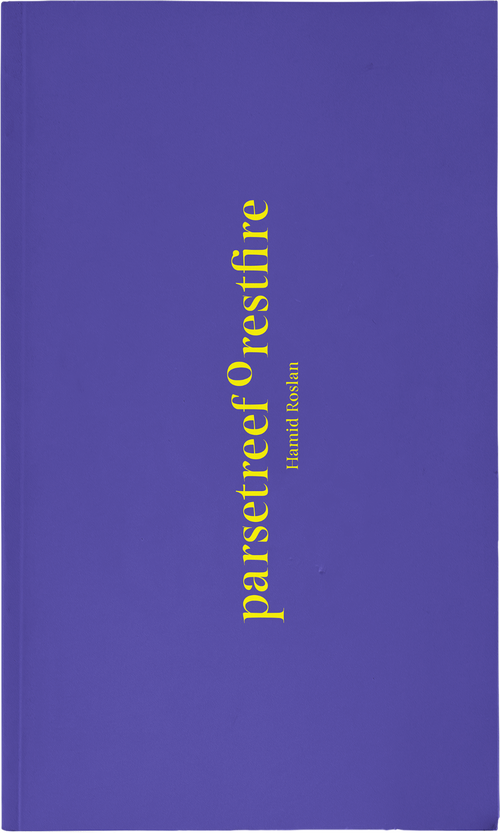
Paperback
$16.82 SGD
E-book
$16.82 SGD
parsetreeforestfire
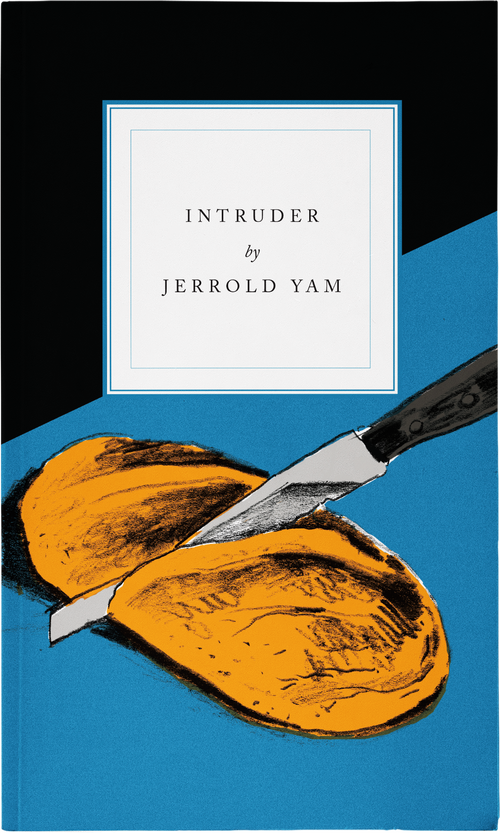
Paperback
$16.00 SGD
E-book
$16.00 SGD
Intruder
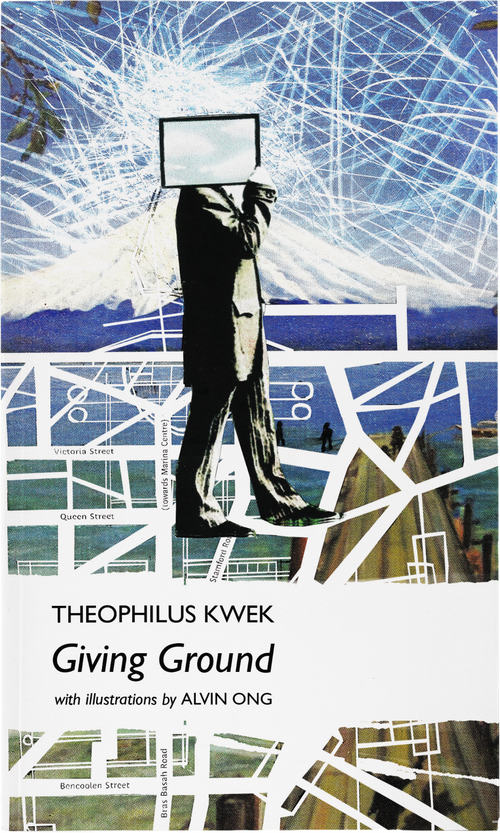
Paperback
$16.00 SGD
E-book
$16.00 SGD
Giving Ground
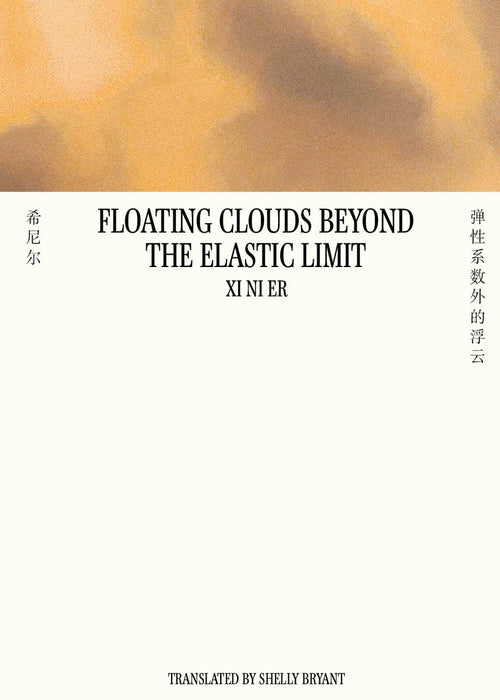
Paperback
$19.00 SGD
Paperback (autographed)
$19.00 SGD
E-book
$19.00 SGD
Floating Clouds Beyond The Elastic Limit
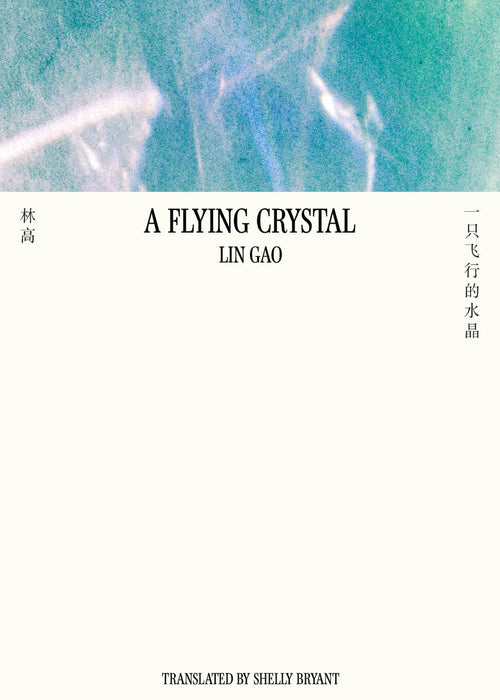
Paperback
$19.00 SGD
Paperback (autographed)
$19.00 SGD
E-book
$19.00 SGD
A Flying Crystal
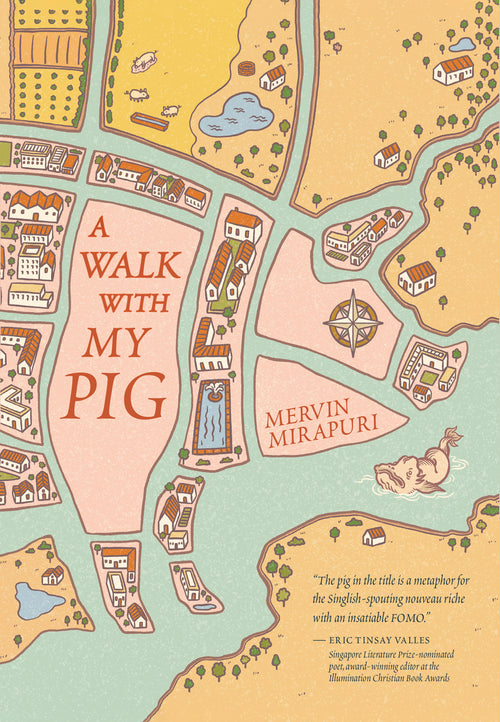
Paperback
$19.00 SGD
A Walk With My Pig
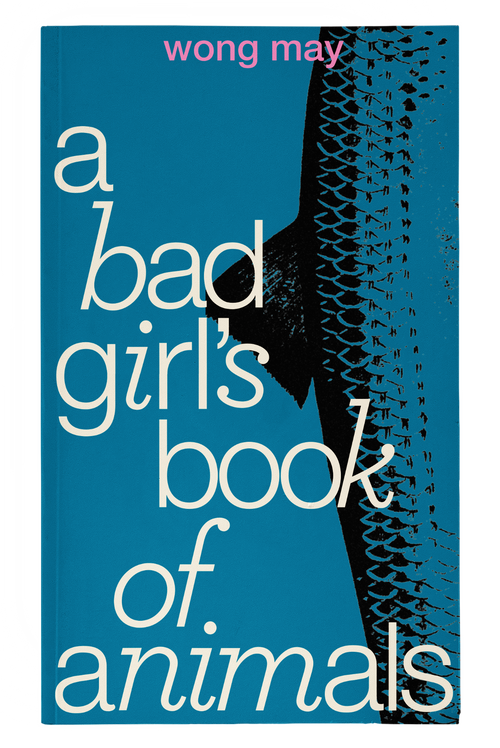
Paperback
$18.60 SGD
E-book
$18.60 SGD
A Bad Girl's Book of Animals
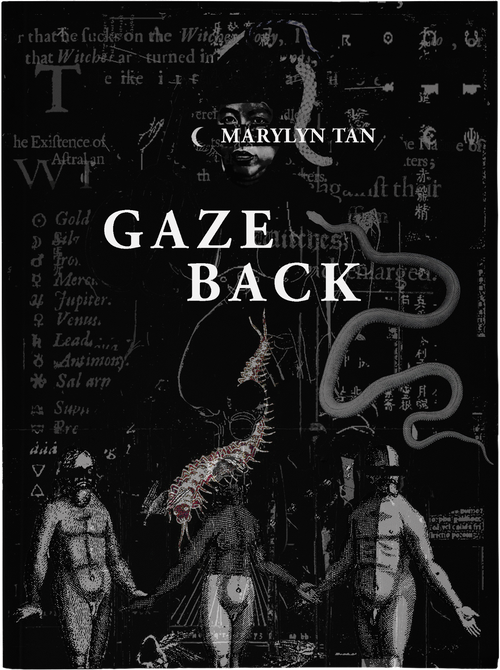
Paperback
$16.82 SGD
E-book
$16.82 SGD
GAZE BACK
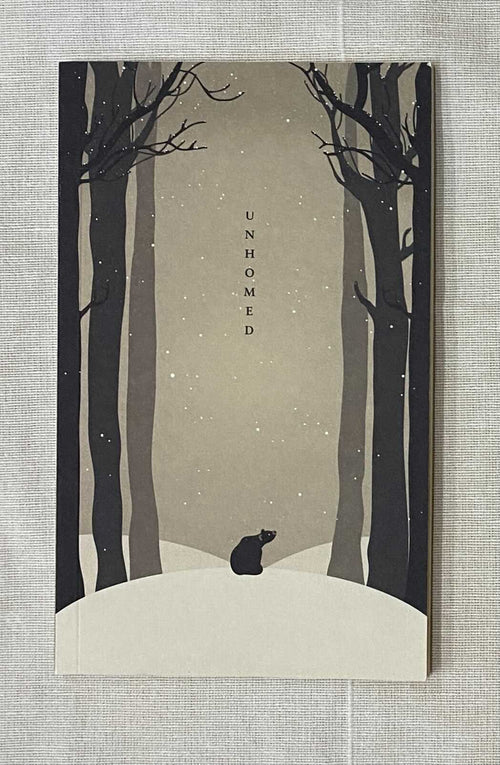
Paperback
$5.61 SGD $9.35 SGD
(Imperfect) Unhomed
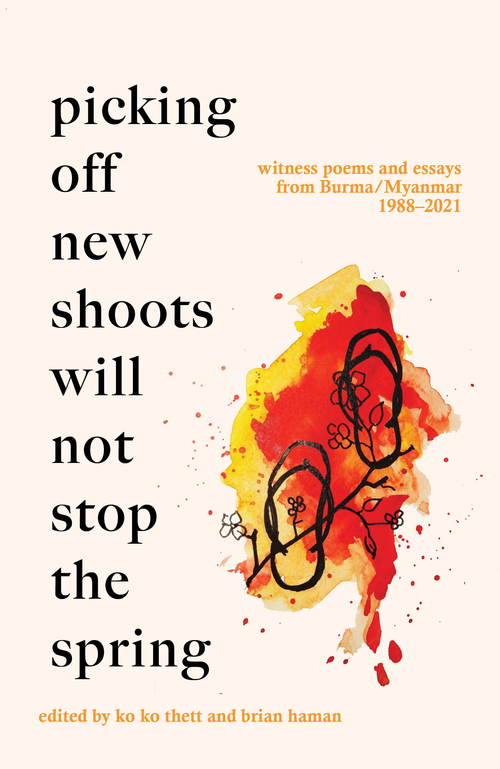
E-book
$0.00 SGD
Paperback
$21.00 SGD
Picking off new shoots will not stop the spring: Witness poems and essays from Burma/Myanmar (1988-2021)
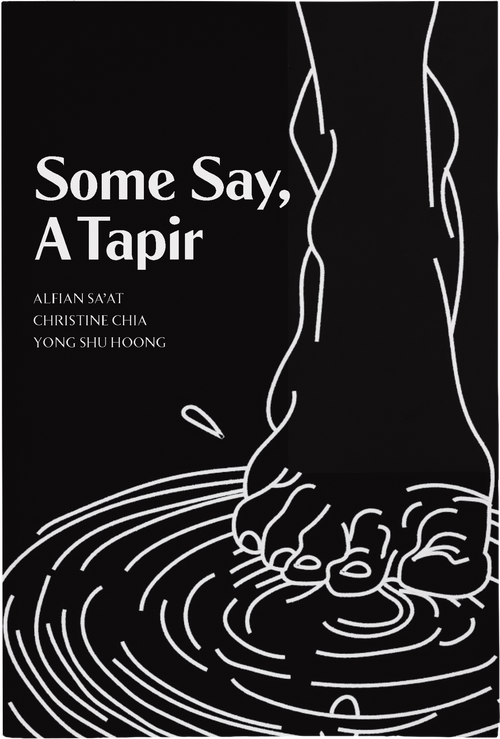
E-book
$0.00 SGD
Some Say, A Tapir
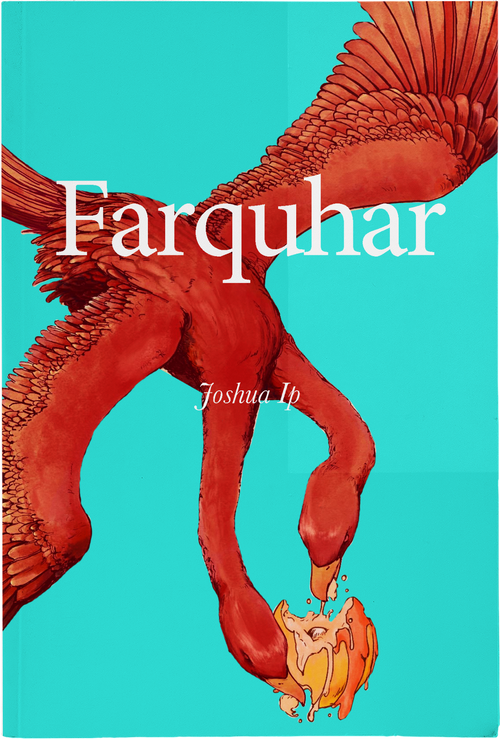
E-book
$0.00 SGD
Farquhar
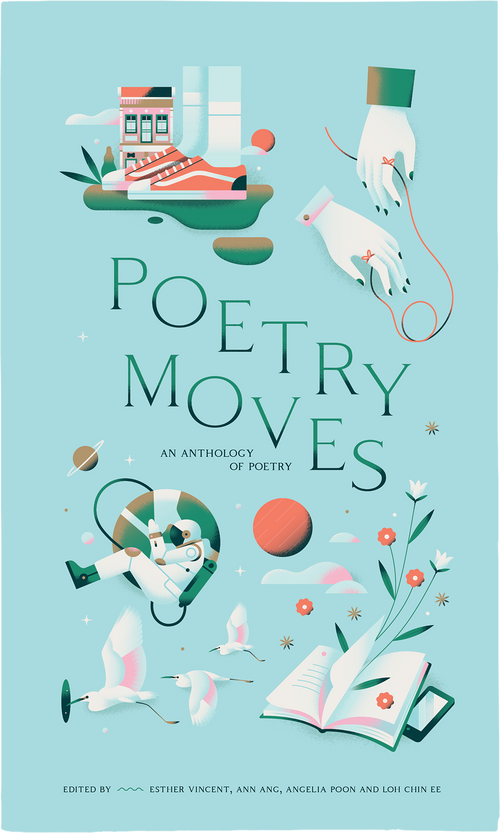
Paperback
$16.00 SGD
Poetry Moves: An Anthology of Poetry
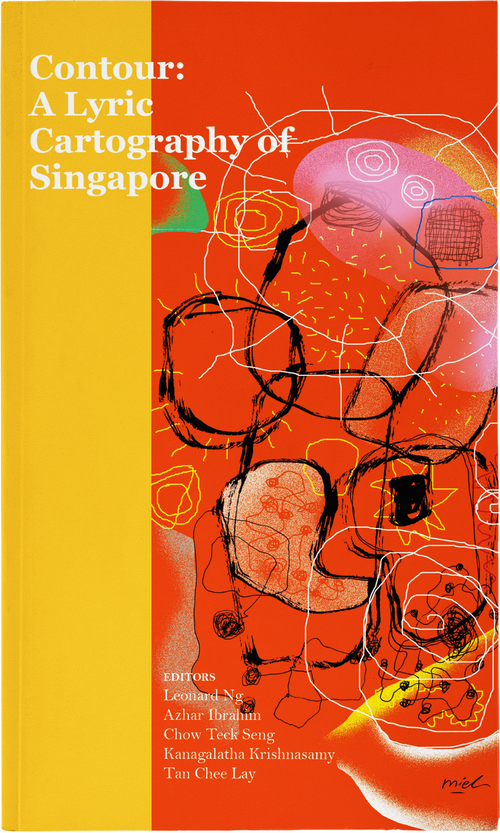
Paperback
$20.56 SGD
Contour: A Lyric Cartography of Singapore
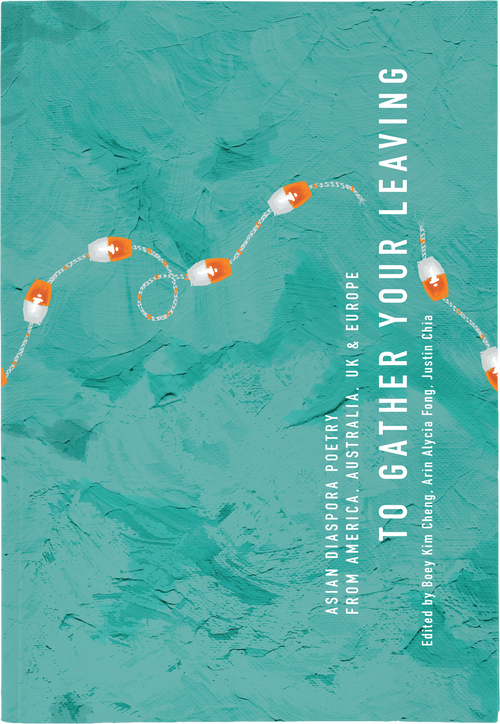
Paperback
$28.04 SGD
To Gather Your Leaving: Asian Diaspora Poetry from America, Australia, UK and Europe
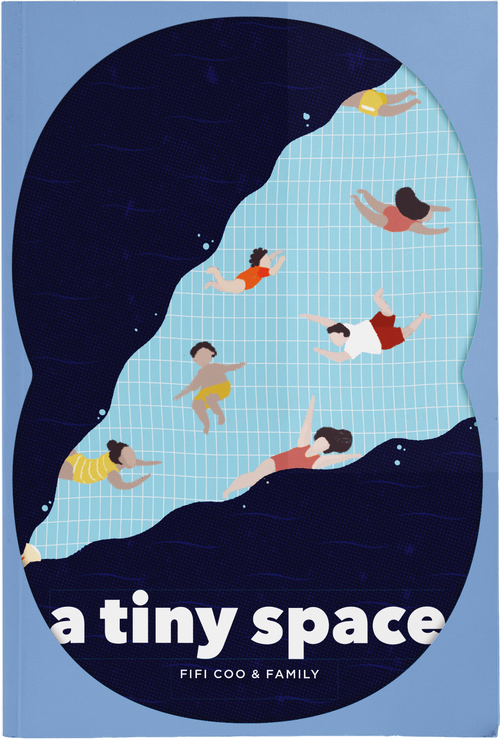
Paperback
$14.00 SGD
E-book
$14.00 SGD
a tiny space
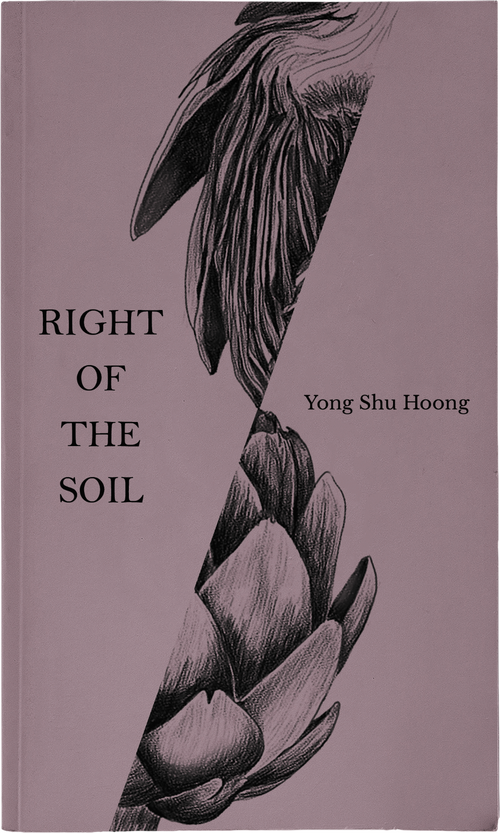
Paperback
$17.00 SGD
E-book
$17.00 SGD
Right of the Soil
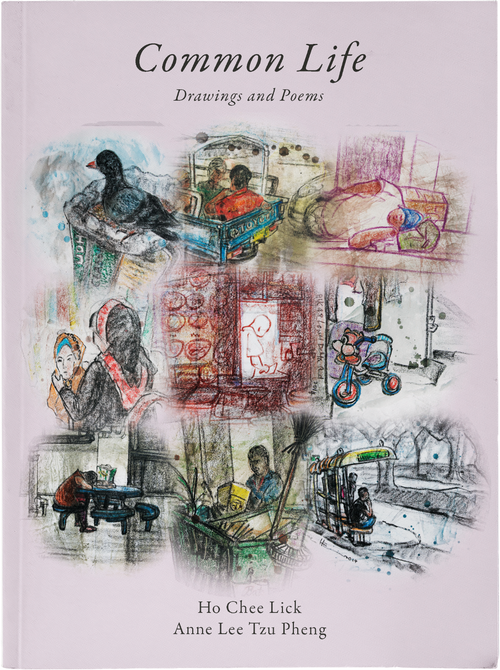
Paperback
$28.00 SGD
E-book
$28.00 SGD
Common Life: Drawings and Poems
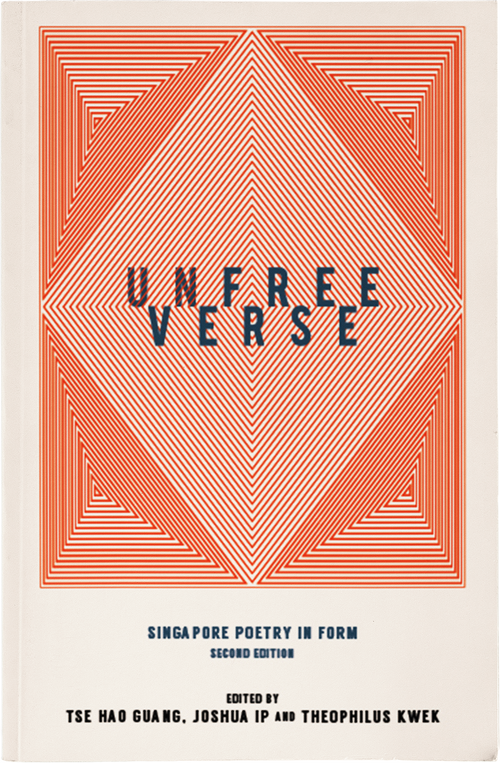
Paperback
$25.00 SGD
UnFree Verse
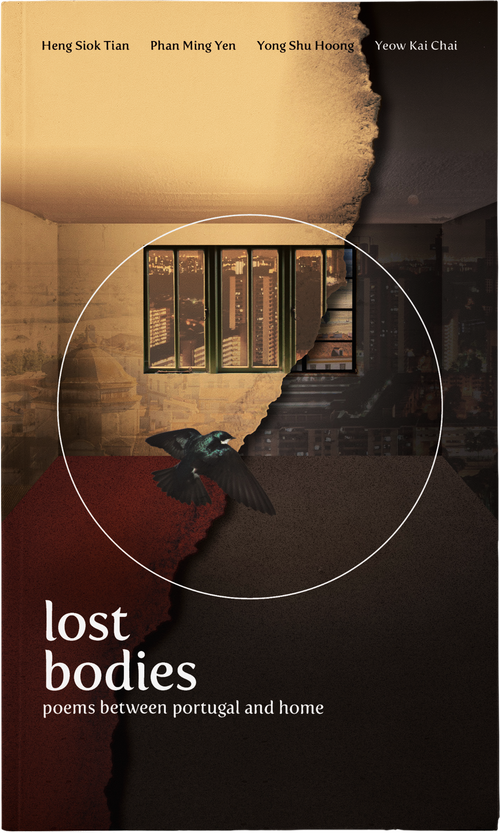
Paperback
$16.00 SGD
E-book
$16.00 SGD
Lost Bodies: Poems between Portugal and Home
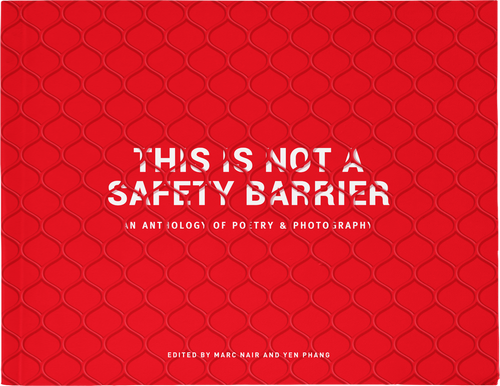
Paperback
$18.70 SGD
This Is Not A Safety Barrier: An Anthology of Poetry & Photography
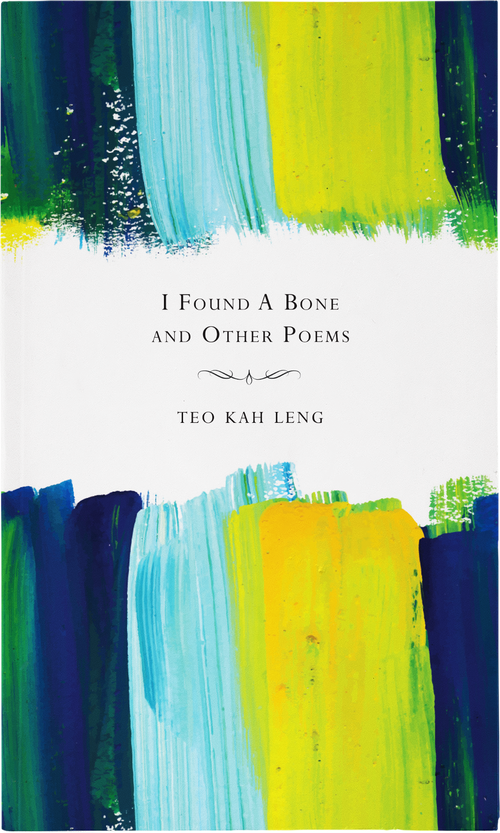
Paperback
$18.00 SGD
I Found A Bone and Other Poems
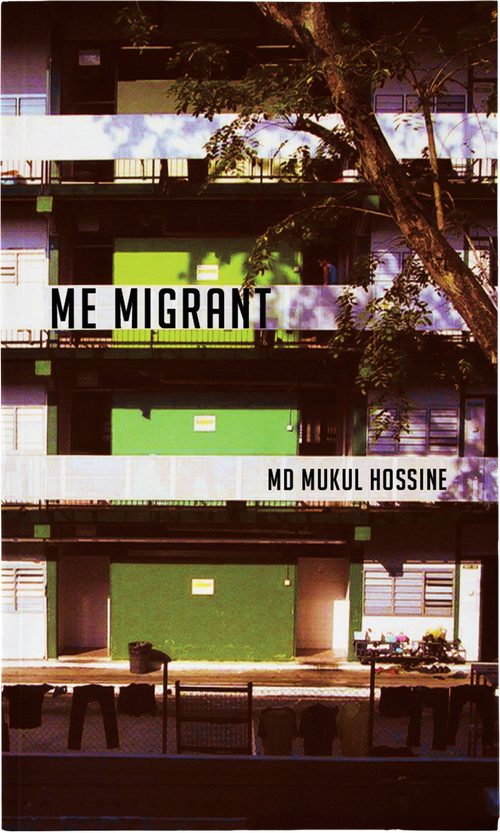
Paperback
$12.00 SGD
E-book
$12.00 SGD
Me Migrant
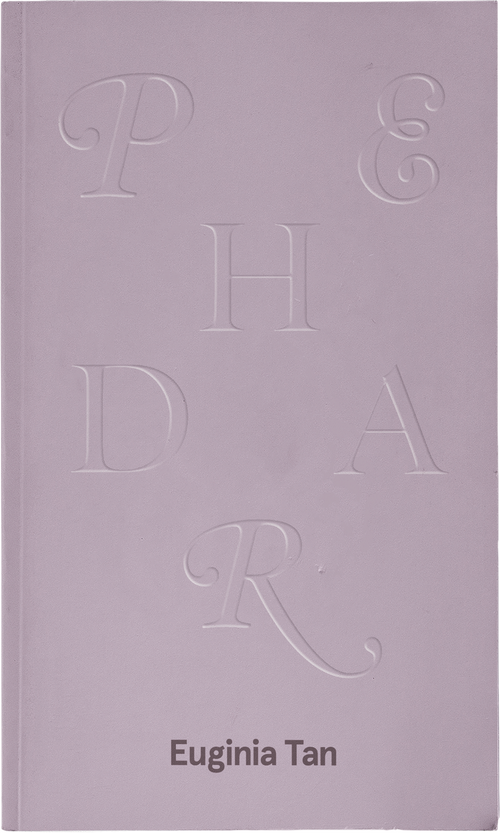
Paperback
$16.00 SGD
E-book
$16.00 SGD
Phedra
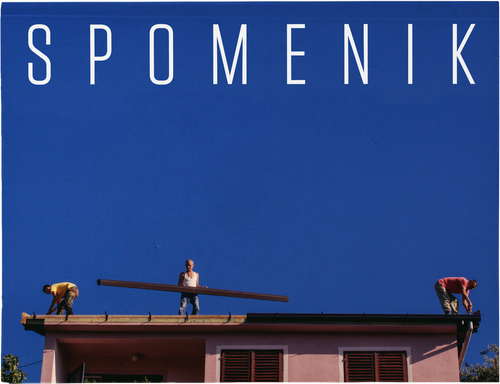
Paperback
$18.60 SGD
E-book
$18.60 SGD
Spomenik
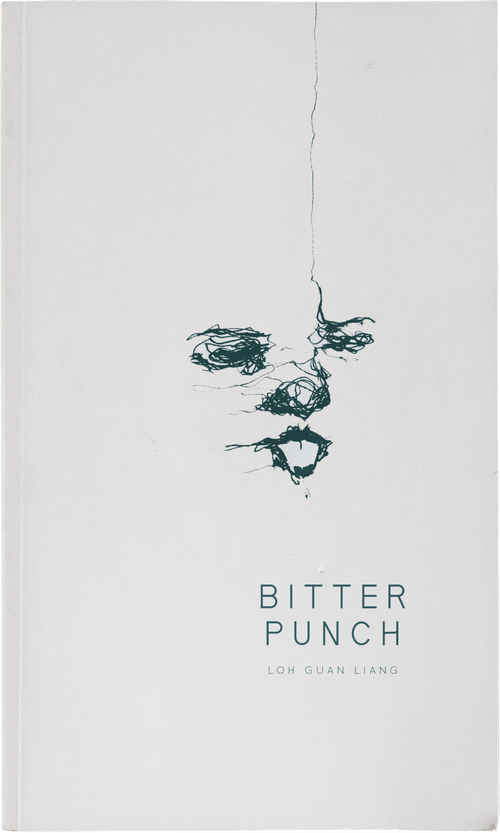
Paperback
$16.00 SGD
E-book
$16.00 SGD
Bitter Punch
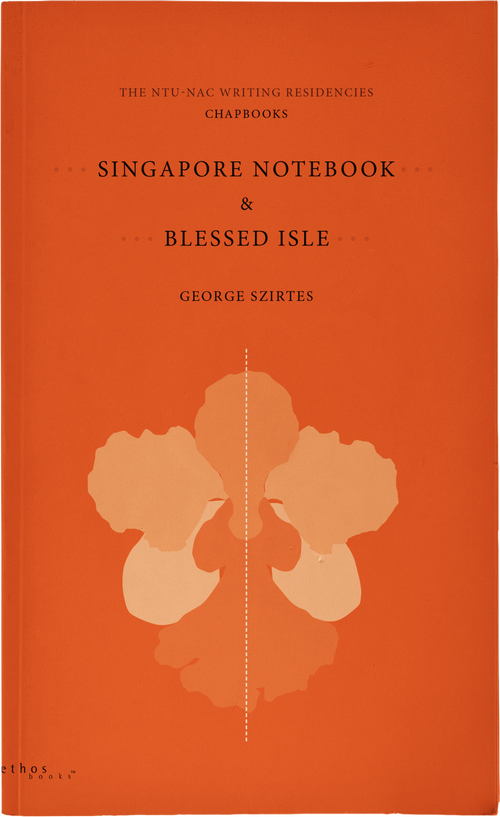
Paperback
$10.00 SGD
Singapore Notebook & Blessed Isle
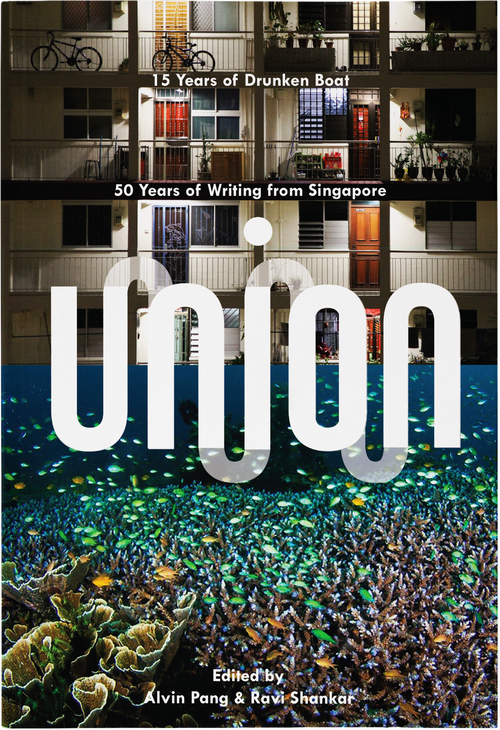
Paperback
$25.00 SGD
UNION : 15 Years of Drunken Boat, 50 Years of Writing From Singapore
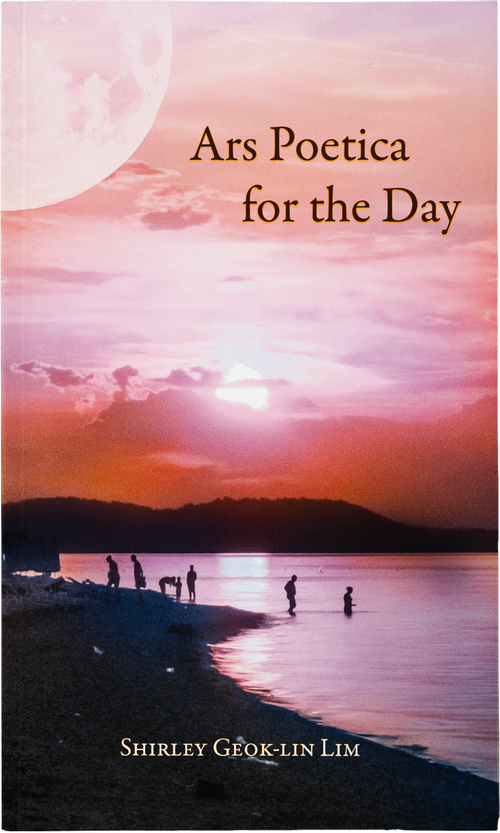
Paperback
$16.00 SGD
Ars Poetica for the Day
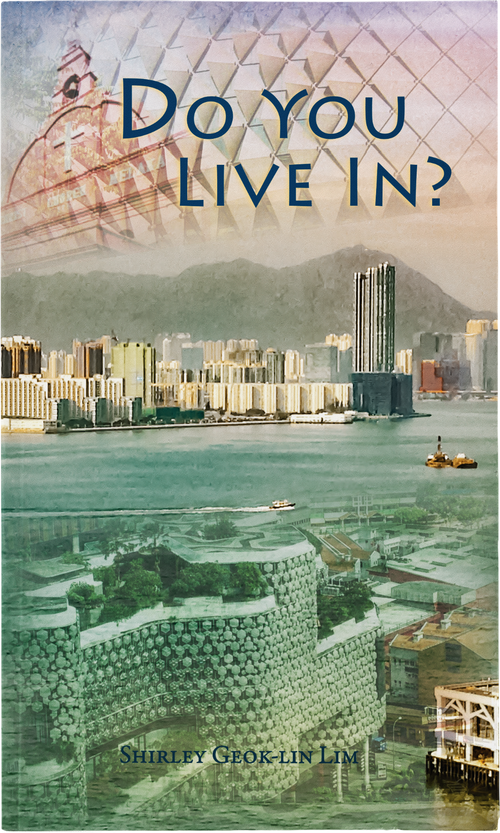
Paperback
$16.00 SGD
Do You Live In?
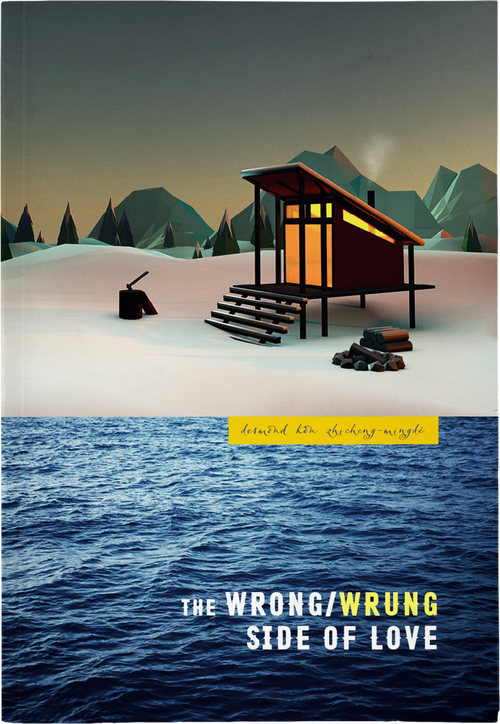
Paperback
$19.00 SGD
The Wrong/Wrung Side of Love
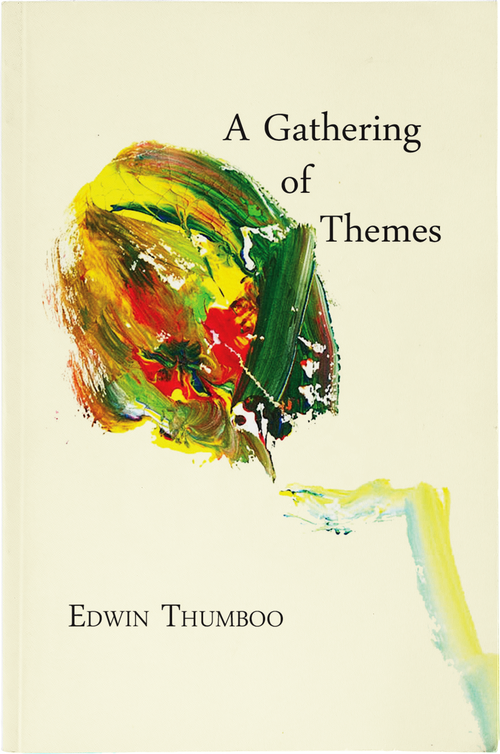
Paperback
$28.00 SGD
A Gathering of Themes
Out of stock
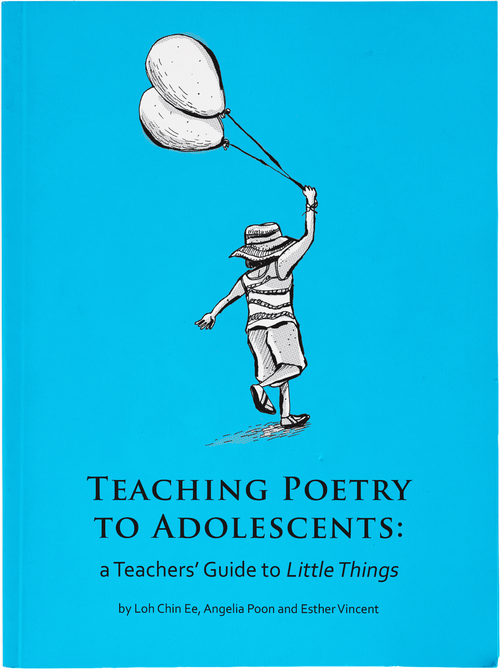
Paperback
$18.00 SGD
Teaching Poetry To Adolescents: A Teacher's Guide to Little Things
Out of stock
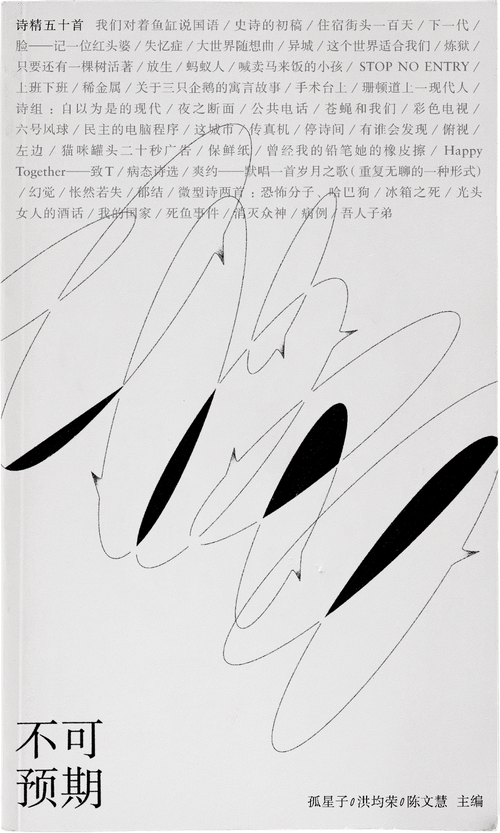
Paperback
$18.60 SGD
Never Before—50 Essential Poems / 不可预期—诗精50首
Out of stock
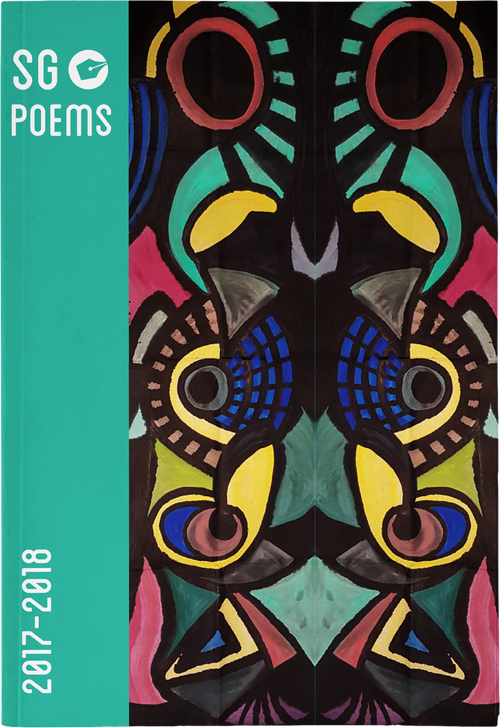
Paperback
$18.60 SGD
SG Poems 2017-2018
Out of stock
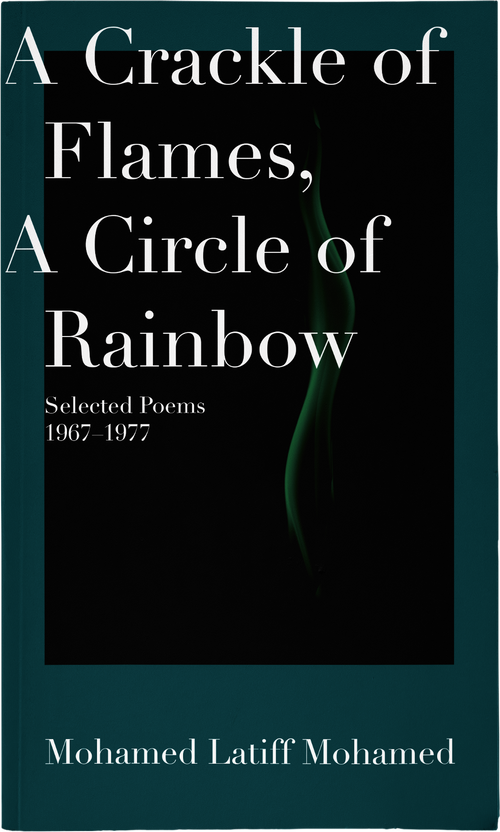
Paperback
$16.00 SGD
A Crackle of Flames, A Circle of Rainbow
Out of stock
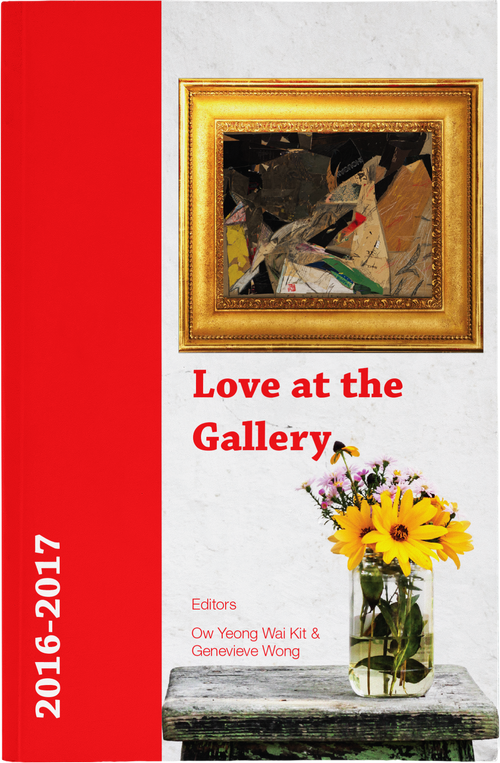
Paperback
$11.21 SGD
Love at the Gallery
Out of stock
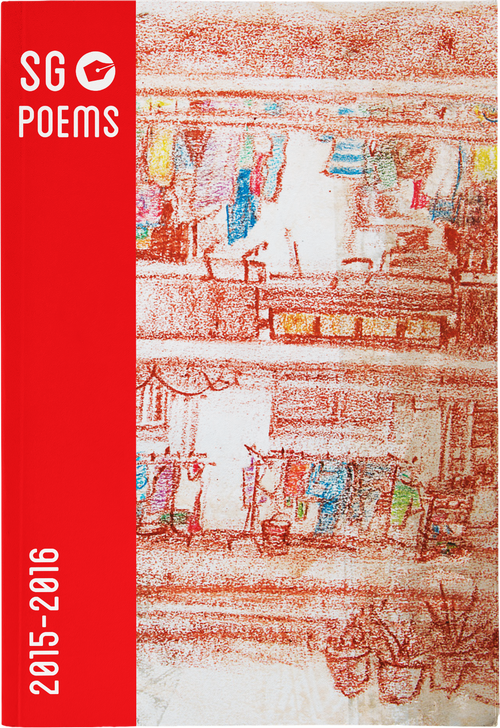
Paperback
$18.60 SGD
SG Poems 2015-2016
Out of stock
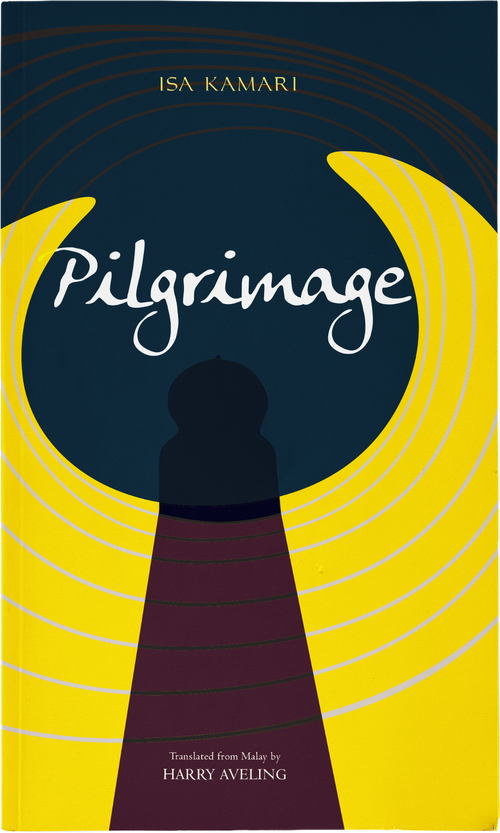
Paperback
$14.00 SGD
Pilgrimage
Out of stock
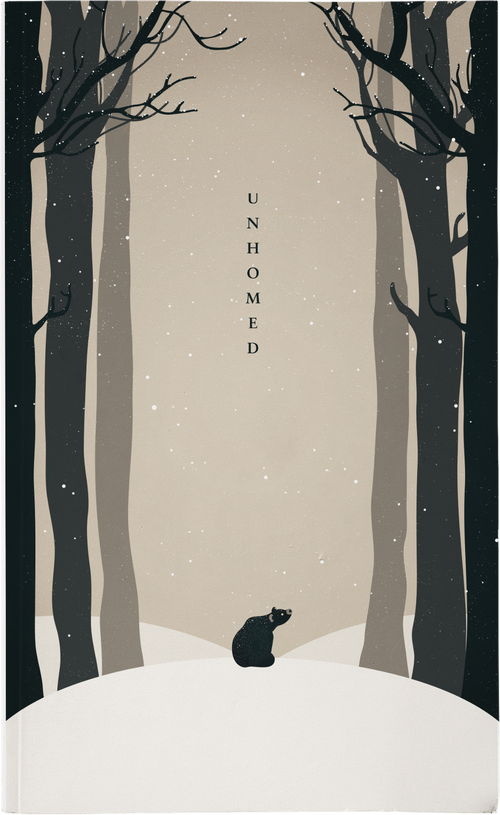
Paperback
$9.35 SGD
Unhomed
Out of stock
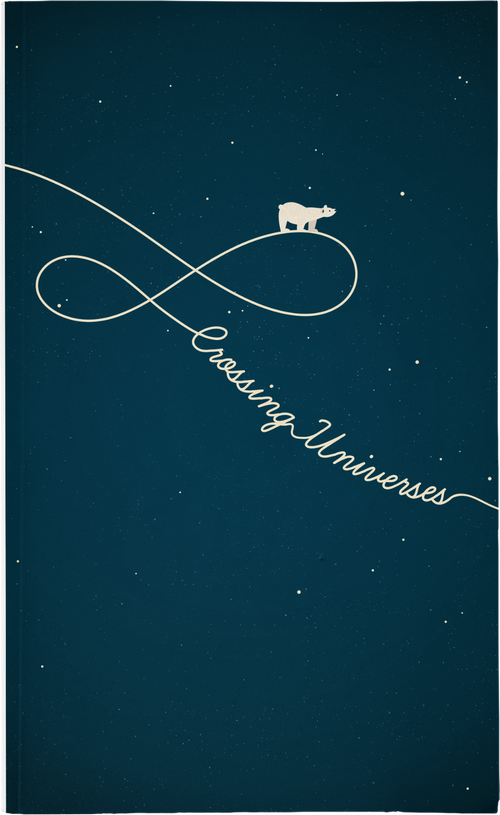
Paperback
$9.35 SGD
Crossing Universes
Out of stock
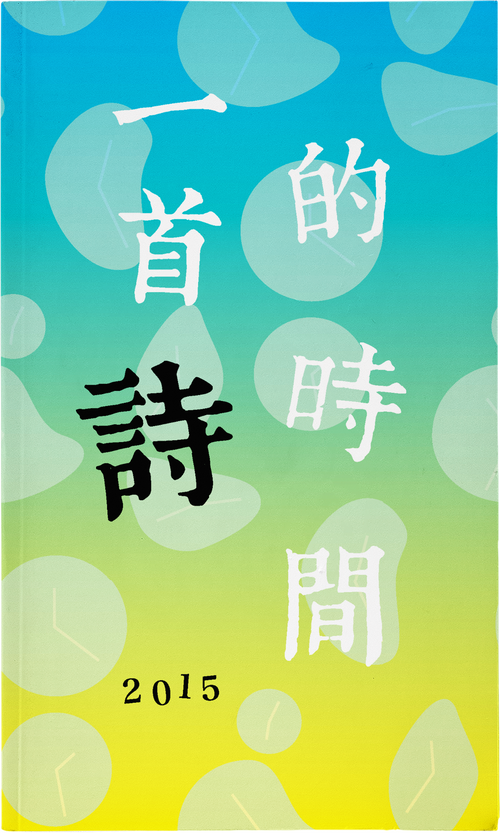
Paperback
$18.60 SGD
一首诗的时间 2015
Out of stock
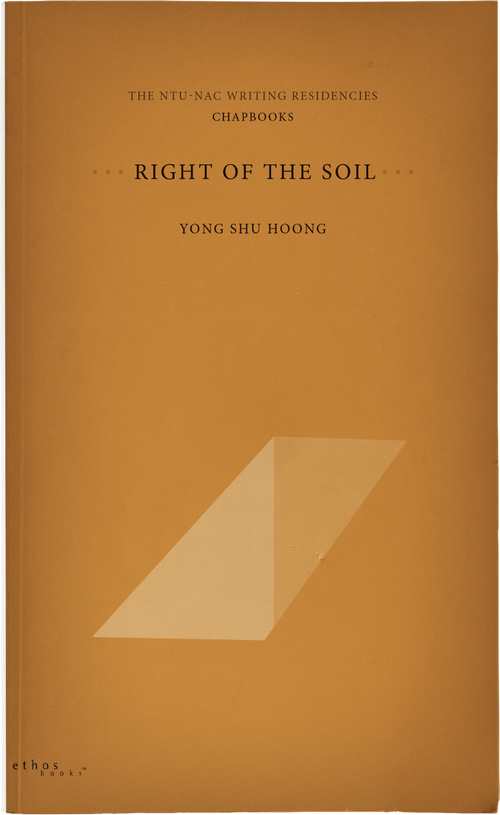
Paperback
$10.00 SGD
Right of the Soil (Chapbook)
Out of stock
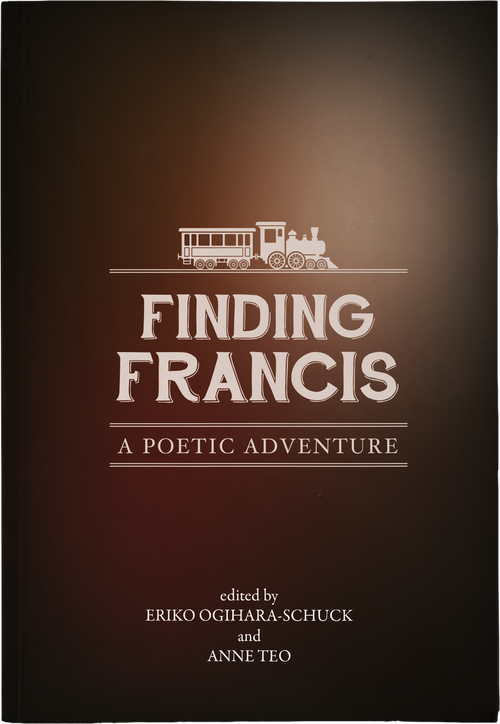
Paperback
$13.00 SGD
Finding Francis: A Poetic Adventure
Out of stock
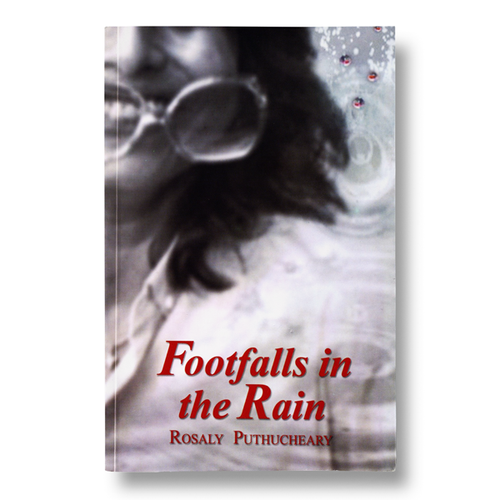
Paperback
$14.95 SGD
Footfalls in the Rain
Out of stock

Paperback
$20.00 SGD
Light is like water
Out of stock
Attunement
Is life hustling you out of tune? As the week roars by, we invite you to a slice of attunement penned lovingly by our authors, friends, and yours truly. Freshly delivered weekly with care. Intimacy guaranteed. Read selected letters below.

Magical, luminous things
Feb 19, 2022
I have flown across an ocean this week. This still sounds surreal to say.
Read more
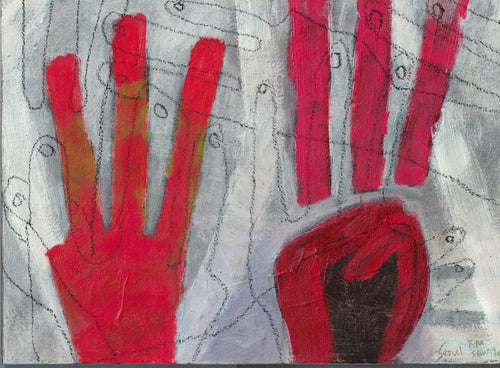
No negotiation for blood debt
Feb 14, 2022
The Burmese language resistance poetry is deeply embedded in the country’s colonial past. When mo...
Read more
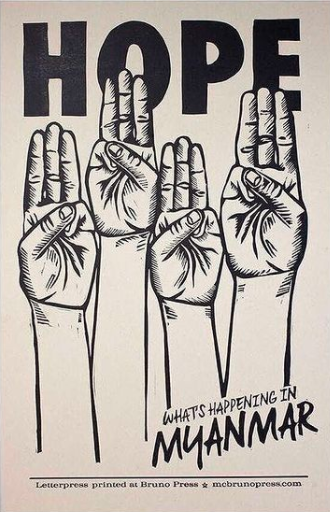
Burning holes in the darkness
Feb 7, 2022
Poets killed in broad daylight, writers tortured and maimed. I wonder if their ghosts watch on fr...
Read more





